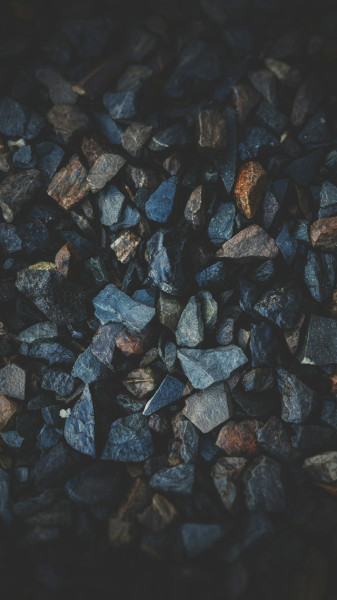
When it comes to landscaping projects, proper pipe bedding is crucial for ensuring the longevity and functionality of underground pipes. Whether you're installing drainage pipes, water supply lines, or sewer systems, getting the pipe bedding right is essential. In this comprehensive guide, we will explore everything you need to know about pipe bedding, from its importance to the different materials and techniques used. So, let's dive in and uncover the secrets of successful pipe bedding.
Pipe bedding plays a vital role in supporting and protecting underground pipes. Without proper bedding, pipes are susceptible to damage from external forces, such as soil movement and heavy loads. The primary functions of pipe bedding include:
Load Distribution: Proper bedding spreads the load evenly across the pipe, preventing localised stress points that can lead to pipe failure.
Stability: Well-designed bedding provides stability to the pipe, preventing it from shifting or settling over time.
Protection: The right bedding material acts as a protective layer, shielding the pipe from abrasive soils and reducing the risk of damage.
Several materials can be used for pipe bedding, each with its own advantages and suitability for different applications. Let's explore the most common types of pipe bedding materials:
Coarse granular materials, such as gravel or crushed stone, are popular choices for pipe bedding. These materials offer excellent load distribution, stability, and drainage properties. They also provide a protective layer around the pipe, minimising the risk of damage from external forces.
In some cases, fine granular materials like sand or silt may be used for pipe bedding. While not as commonly used as coarse granular materials, fine granular bedding can be suitable for pipes that require more precise alignment or for areas with low loads.
Concrete is another option for pipe bedding, particularly for larger pipes or heavy-duty applications. It provides excellent load-bearing capabilities and can ensure long-term stability and protection for underground pipes.
Now that we understand the importance of pipe bedding and the different materials available, let's explore some techniques for achieving proper pipe bedding.
Before installing the pipe, proper trench preparation is essential. The trench should be excavated to the correct depth and width, ensuring sufficient space for the pipe and bedding material. It's crucial to remove any sharp objects, rocks, or debris from the trench that could potentially damage the pipe.
Once the trench is prepared, the bedding material can be placed. The material should be spread evenly along the bottom of the trench, providing a uniform support base for the pipe. The thickness of the bedding layer will depend on the pipe diameter and the type of material being used.
After the bedding material is in place, the pipe can be carefully lowered into the trench. It's essential to ensure the pipe is aligned correctly and centered within the trench. The remaining space around the pipe is then filled with additional bedding material, known as embedment.
Compaction is a critical step in achieving proper pipe bedding. The bedding and embedment materials should be compacted uniformly around the pipe, removing any air gaps and ensuring a solid, stable foundation. Proper compaction helps prevent settlement and maintains the integrity of the pipe system.
To ensure the success of your pipe bedding, here are some best practices to keep in mind:
Follow Local Guidelines: Different regions may have specific guidelines and regulations for pipe bedding. It's important to familiarise yourself with these guidelines and adhere to them during your project.
Consider Soil Conditions: The type and characteristics of the soil in your project area will influence the choice of bedding material. Consult with a soil engineer if you're unsure about the soil conditions and their impact on pipe bedding.
Proper Sloping and Alignment: Pipes should be installed with the correct slope and alignment to facilitate proper flow and prevent blockages. Ensure that the pipe is properly aligned and sloped according to the project requirements.
Regular Inspection and Maintenance: Once the pipe bedding is complete, regular inspection and maintenance are crucial. Monitor the system for any signs of damage or settling and address any issues promptly to avoid costly repairs.
Proper pipe bedding is a critical aspect of any landscaping project involving underground pipes. By understanding the importance of pipe bedding, selecting the right materials, and following best practices, you can ensure the longevity and functionality of your pipe system. Remember to consult local guidelines and seek professional advice when necessary. With careful planning and execution, your pipe bedding will provide a solid foundation for a successful landscaping project.
For more information and expert advice on pipe bedding and landscaping supplies, visit The Landscape Centre today!